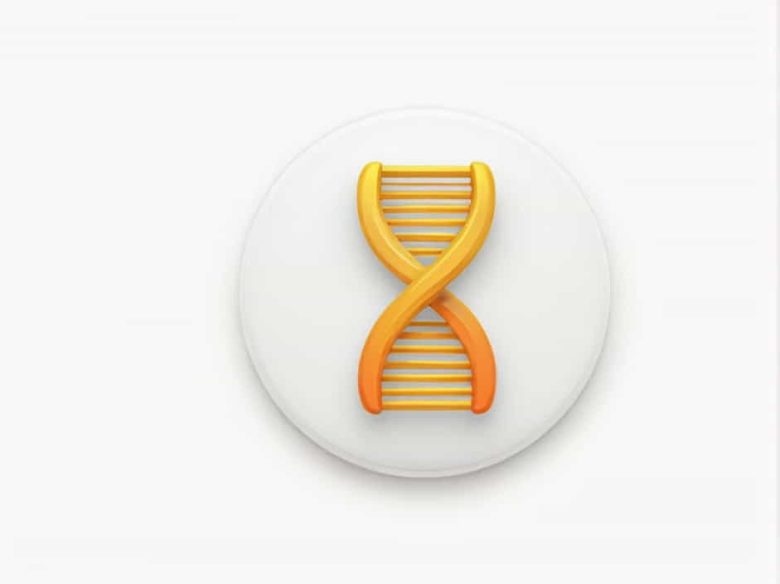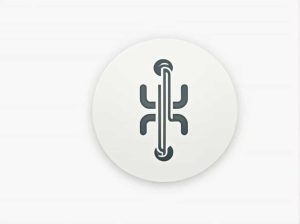DNA is the blueprint of life containing genetic instructions that determine the traits and functions of all living organisms. But how is this vital information stored and organized within cells? The answer lies in chromosomes the threadlike structures that package and protect DNA.
Chromosomes play a critical role in cell division genetic inheritance and biological diversity. Understanding their structure and function helps us grasp how traits are passed down and how genetic disorders arise.
What Are Chromosomes?
Chromosomes are long coiled structures made of DNA and proteins. They are found in the nucleus of eukaryotic cells and serve as storage units for genetic material. Each species has a unique number of chromosomes—for example humans have 46 chromosomes (23 pairs).
Structure of Chromosomes
A chromosome consists of:
- DNA molecules – Carry genetic information.
- Histone proteins – Help package DNA into a compact form.
- Centromere – The central region that links two identical copies (chromatids).
- Telomeres – Protective caps at the ends that prevent DNA damage.
When cells divide chromosomes ensure that genetic information is accurately copied and passed on to new cells.
How DNA is Organized in Chromosomes
DNA is an extremely long molecule—if stretched out the DNA in a single human cell would measure about two meters. To fit inside the tiny nucleus it is tightly wound and folded into chromosomes.
Levels of DNA Organization
- Double Helix – DNA exists as a twisted ladder-like structure.
- Nucleosomes – DNA wraps around histone proteins like beads on a string.
- Chromatin – Nucleosomes coil and fold into a more compact form.
- Chromosomes – During cell division chromatin condenses into visible chromosomes.
This compact structure ensures efficient storage and protection while still allowing genes to be accessed for protein production.
Functions of Chromosomes
1. Store and Protect Genetic Information
Chromosomes keep DNA safe from damage and help regulate when and how genes are expressed. This is crucial for proper growth development and function.
2. Ensure Accurate Cell Division
Before a cell divides it must duplicate its chromosomes so that each new cell receives an exact copy. This process occurs through:
- Mitosis – Produces identical cells for growth and repair.
- Meiosis – Creates sex cells (sperm and egg) with half the number of chromosomes.
3. Pass on Genetic Traits
Chromosomes carry genes that determine everything from eye color to disease risk. Half of a person’s chromosomes come from the mother and half from the father ensuring genetic diversity.
Types of Chromosomes
1. Autosomes vs. Sex Chromosomes
Humans have two types of chromosomes:
- Autosomes (Pairs 1-22) – Control most traits and bodily functions.
- Sex Chromosomes (X and Y) – Determine biological sex (XX for females XY for males).
2. Prokaryotic vs. Eukaryotic Chromosomes
- Eukaryotic Chromosomes – Found in the nucleus linear in shape.
- Prokaryotic Chromosomes – Found in bacteria circular in shape.
Chromosomal Abnormalities and Genetic Disorders
Errors in chromosome number or structure can lead to genetic disorders. Some common examples include:
1. Down Syndrome (Trisomy 21)
- Caused by an extra copy of chromosome 21.
- Leads to developmental delays and intellectual disabilities.
2. Turner Syndrome
- Occurs when a female is missing one X chromosome (45 X instead of 46 XX).
- Results in short stature heart defects and infertility.
3. Klinefelter Syndrome
- Males have an extra X chromosome (47 XXY instead of 46 XY).
- Can cause reduced testosterone infertility and learning difficulties.
4. Cri-du-Chat Syndrome
- Caused by a deletion on chromosome 5.
- Characterized by a high-pitched cry intellectual disabilities and physical abnormalities.
These conditions highlight the importance of correct chromosome number and structure in healthy development.
The Role of Chromosomes in Genetics and Evolution
1. Genetic Variation and Inheritance
Chromosomes undergo recombination during meiosis where genetic material is shuffled to create unique combinations. This ensures genetic diversity which is essential for evolution.
2. Mutations and Natural Selection
Changes in chromosome structure (mutations) can be beneficial harmful or neutral. If a mutation provides an advantage it may be passed on through generations contributing to evolutionary change.
How to Keep Your Chromosomes Healthy
1. Avoid Environmental Damage
- Limit UV exposure – Excessive sun exposure can cause DNA mutations.
- Avoid harmful chemicals – Some pesticides and pollutants can damage chromosomes.
2. Maintain a Healthy Diet
- Antioxidants (fruits and vegetables) protect DNA from damage.
- Folic acid is essential for preventing chromosomal abnormalities in pregnancy.
3. Reduce Stress and Stay Active
Chronic stress and a sedentary lifestyle may contribute to cellular aging and chromosomal instability. Regular exercise helps maintain healthy cell function.
4. Get Regular Checkups
Genetic testing can detect chromosomal abnormalities early allowing for better treatment options.
Chromosomes are the threadlike structures that integrate DNA and play a vital role in genetic storage inheritance and evolution. They ensure that every cell receives the correct genetic instructions for proper function.
By understanding their structure and function we can appreciate the complexity of genetics and take steps to maintain chromosomal health. Whether in cell division genetic disorders or evolution chromosomes remain the foundation of life itself.



